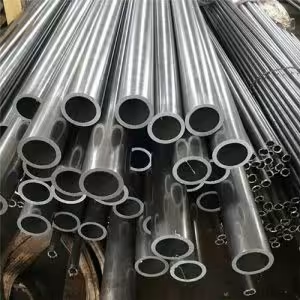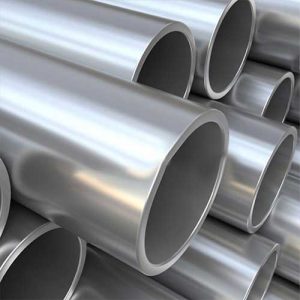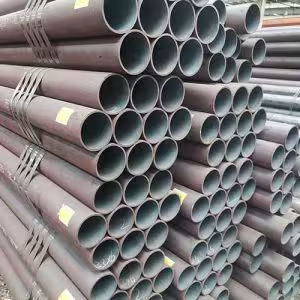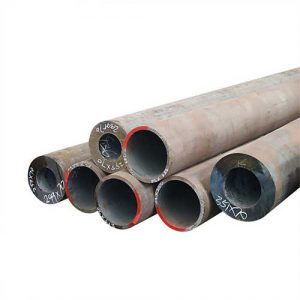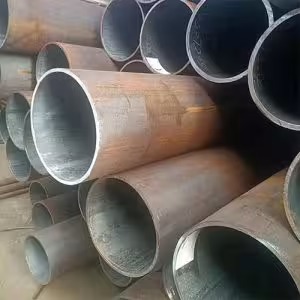Welcome to My Blog!
Before we dive into the content, I’d love for you to join me on my social media platforms where I share more insights, engage with the community, and post updates. Here’s how you can connect with me:
Facebook:https://www.facebook.com/profile.php?id=61565500692293
Now, let’s get started on our journey together. I hope you find the content here insightful, engaging, and valuable.
Table of Contents
Introduction
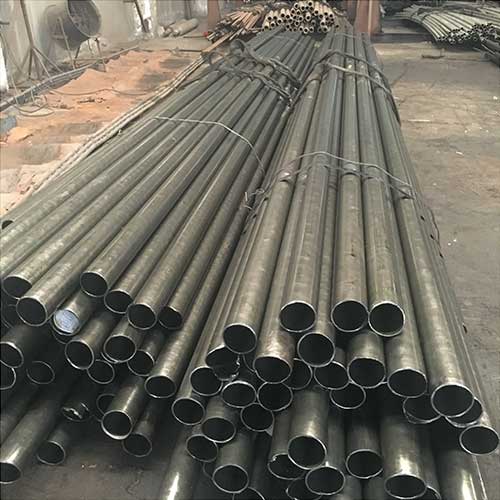
In the world of piping, two of the most commonly used types of pipes are steel seamless pipes and welded pipes. Both offer a range of advantages depending on their specific application, but understanding the key differences between the two is crucial when choosing the right pipe for your project. Steel pipes are widely used in various industries, from construction to oil and gas, and the choice between seamless and welded pipes often comes down to factors like strength, durability, and cost-effectiveness. This blog aims to explore the differences between steel seamless pipes and welded pipes, examining their characteristics, applications, and the benefits of each type.
What is a Steel Seamless Pipe?
A steel seamless pipe is made from a solid round steel billet, which is heated and then pierced to form a hollow tube. The tube is then elongated and shaped without any welded joints. This process ensures that the pipe does not have any welded seams, which is why it is referred to as “seamless.” Seamless pipes are typically manufactured using processes such as extrusion, rotary piercing, or rotary forging.
Key Features of Steel Seamless Pipes
- No welded seams: This is the defining characteristic of seamless pipes.
- High strength and durability: The manufacturing process results in pipes that are typically stronger and less likely to fail under pressure.
- Consistency: Seamless pipes are uniform in thickness and size, making them ideal for high-pressure applications.
Advantages of Steel Seamless Pipes
- Higher pressure tolerance: Seamless pipes can withstand higher pressures compared to welded pipes, making them ideal for applications like oil and gas pipelines.
- Corrosion resistance: With no welds, the integrity of the pipe is not compromised, reducing the likelihood of corrosion at the seam.
- Improved safety: Seamless pipes are generally considered safer, as there is less chance of failure at a joint.
What is a Welded Pipe?
A welded pipe is made by rolling a flat steel plate or coil into a tubular shape and then welding the edges together. This method creates a seam where the two edges meet. The welding process can involve various techniques, such as electric resistance welding (ERW), submerged arc welding (SAW), or electric fusion welding (EFW).
Key Features of Welded Pipes
- Welded seams: Unlike seamless pipes, welded pipes have a seam along the length of the pipe where the edges are joined.
- Lower cost of production: The process of manufacturing welded pipes is generally more cost-effective than seamless pipes.
- Variety of welding techniques: Different welding processes allow for various types of welded pipes, each suited to different applications.
Advantages of Welded Pipes
- Cost-effective: Welded pipes are typically less expensive to produce compared to seamless pipes.
- Availability in larger sizes: Welded pipes can be produced in larger sizes and lengths than seamless pipes, which is beneficial for certain applications.
- Flexibility in design: Welded pipes offer flexibility in terms of wall thickness and diameter, making them ideal for projects with specific design requirements.
Key Differences Between Steel Seamless Pipe and Welded Pipe
The primary differences between steel seamless pipes and welded pipes lie in their manufacturing processes, strength, and application suitability. Below is a comparison of key features of both types of pipes:
| Feature | Steel Seamless Pipe | Welded Pipe |
|---|---|---|
| Manufacturing Process | Made from a solid billet, heated, pierced, and elongated | Made from a steel plate or coil, welded along the seam |
| Strength | Generally stronger and more durable | Less strength compared to seamless pipes due to welds |
| Pressure Resistance | Higher pressure tolerance | Suitable for lower pressure applications |
| Corrosion Resistance | Less prone to corrosion at seams | Weld seams may be vulnerable to corrosion over time |
| Cost | More expensive due to the manufacturing process | More cost-effective due to simpler production methods |
| Applications | Ideal for high-pressure, high-stress applications | Suitable for lower pressure applications, construction, etc. |
| Flexibility in Size | Limited size options compared to welded pipes | Available in a wide range of sizes and thicknesses |
Applications of Steel Seamless Pipe

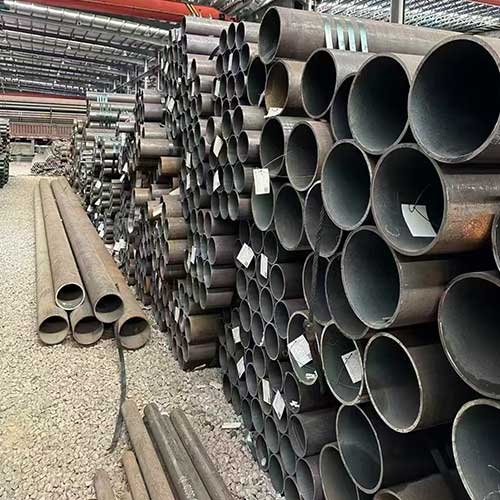
Steel seamless pipes are used in various industries where strength, durability, and pressure resistance are critical. Some common applications include:
Oil and Gas Industry
Seamless pipes are widely used in the oil and gas industry, particularly for drilling, transportation, and processing applications. Their ability to withstand high pressure and extreme temperatures makes them ideal for these demanding environments.
Chemical and Petrochemical Plants
In chemical processing plants, seamless pipes are used for transporting chemicals under high-pressure conditions. The lack of seams makes them less susceptible to leaks and failures.
Power Generation
Seamless pipes are often used in power plants for the transmission of fluids at high pressure. The strength and reliability of these pipes make them suitable for boilers and steam generators.
Aerospace and Automotive Industries
In the aerospace and automotive industries, seamless pipes are used for components that require high precision and strength, such as hydraulic systems and exhaust systems.
Applications of Welded Pipe
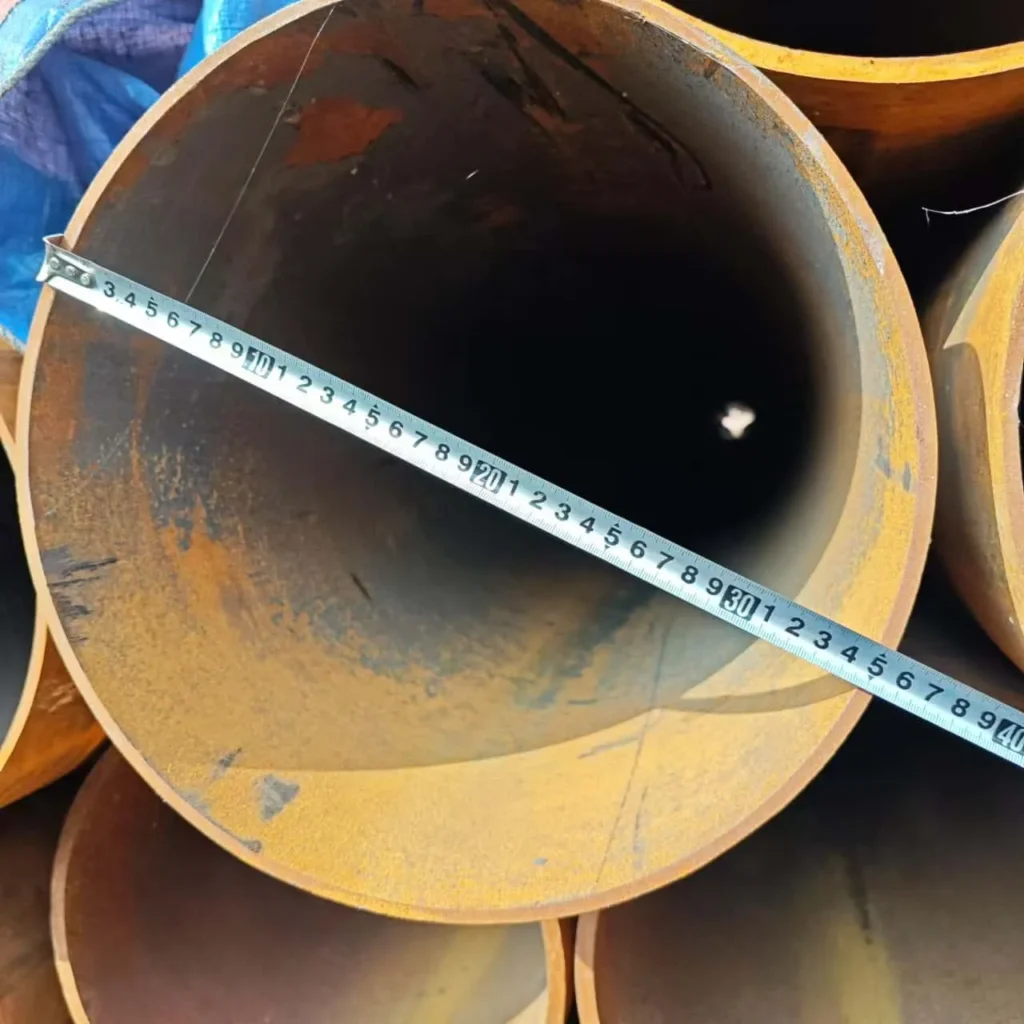
Welded pipes are used in a variety of less demanding applications. Their affordability and versatility make them suitable for several industries, including:
Construction
Welded pipes are commonly used in the construction industry for plumbing, structural frameworks, and support systems. Their flexibility in size and design makes them ideal for construction projects.
Water and Wastewater Systems
Welded pipes are often used in water supply and wastewater treatment systems due to their cost-effectiveness and availability in large sizes.
HVAC Systems
In heating, ventilation, and air conditioning (HVAC) systems, welded pipes are used for ducts and air transport. Their strength and ease of installation make them a preferred choice.
Agricultural and Irrigation Systems
Welded pipes are commonly used in agricultural and irrigation applications for transporting water over long distances.
Conclusion
Both steel seamless pipes and welded pipes have their distinct advantages and are suited for different applications. Seamless pipes are stronger, more durable, and more pressure-resistant, making them ideal for high-stress industries like oil and gas, chemical processing, and power generation. On the other hand, welded pipes are more cost-effective, offer more flexibility in size, and are widely used in construction, water systems, and HVAC applications.
Choosing between seamless and welded pipes depends largely on the specific requirements of the project, including pressure tolerance, durability, cost, and available sizes. By understanding the differences between these two types of pipes, engineers and procurement managers can make better decisions that align with their project needs.
FAQ
What is the main difference between a steel seamless pipe and a welded pipe?
The main difference is the manufacturing process. Seamless pipes are made from a solid billet and are not welded, while welded pipes are made by rolling a steel plate and welding the edges together.
Which is stronger, a seamless pipe or a welded pipe?
Seamless pipes are generally stronger because they don’t have a seam, which can be a weak point in welded pipes.
Are seamless pipes more expensive than welded pipes?
Yes, seamless pipes are more expensive due to the complex manufacturing process and higher strength and durability.
Can welded pipes be used in high-pressure applications?
While welded pipes can handle some pressure, they are not as suited for high-pressure applications as seamless pipes.
Where are welded pipes commonly used?
Welded pipes are commonly used in construction, plumbing, water systems, HVAC systems, and agricultural applications due to their affordability and flexibility in size.
Which pipe type is better for transportation of fluids?
For high-pressure and high-temperature fluid transportation, seamless pipes are generally the better choice. However, for lower-pressure fluid systems, welded pipes are more cost-effective and still suitable.



